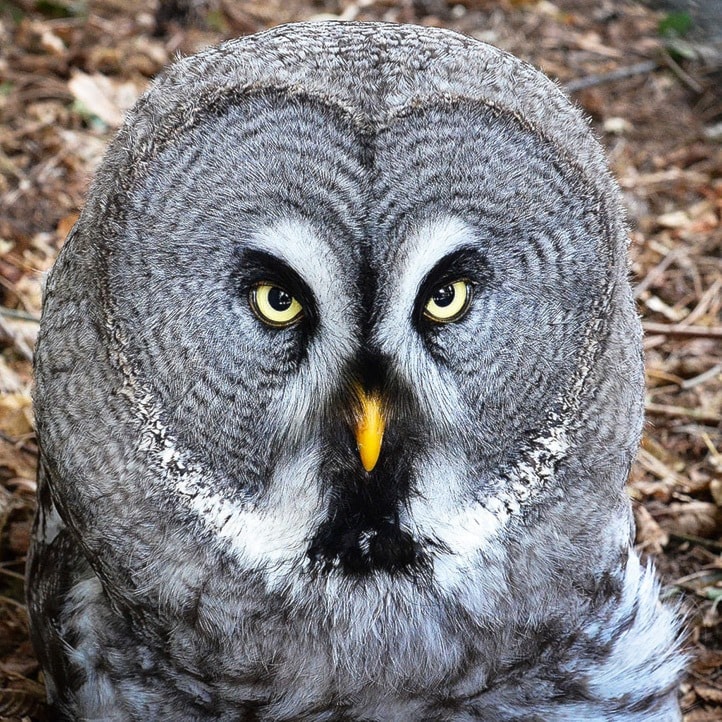The Ashcroft-Cache Creek Christmas bird count will be taking place on Wednesday, December 21; and anyone interested in taking an inventory of our feathered friends in the area is encouraged to take part in the annual tradition, now in its 11th year.
“Nancy Josephson started the count,” says organizer Wendy Coomber, who notes that Christmas bird counts are a longstanding tradition that began in England more than a century ago. They now take place around the world between December 14 and January 5, and provide a snapshot of the winter bird population in different locations across the globe.
In this area, pairs of volunteers under the supervision of expert birder Karl Ricker from Whistler spread out in and around Ashcroft and Cache Creek, covering the area south to Venables Valley Road, north to the Bonaparte Reserve, and east to Back Valley Road.
Coomber says that participants do not have to be avian experts in order to take part. An inexperienced birder is paired with a more experienced person, and the pairs go out armed with birding books, binoculars, and cameras in order to identify what type of birds they spot and how many there are.
Ricker—who attends a number of bird counts in the region—then compiles the statistics and sends them to Bird Studies Canada, which posts the results on their website (http://www.birdscanada.org/index.jsp). The site notes that birds are excellent indicators of how the environment is doing, and Coomber says that amateur bird counters are a key factor in tracking bird population trends.
For example, count results going back to 2005 show that the Eurasian collared dove was first counted in the area in 2010, when 17 were spotted during the annual count. They have been counted every year since, with 187 spotted in 2015. No Pine grosbeaks were counted in the area until last year, when 23 were spotted.

The Eurasian collared dove. Photo: Wikimedia Commons.
Counters in the area usually spot between 3,000 and 5,000 birds during the course of the day. Last year the most commonly spotted birds were European starlings (571), Bohemian waxwings (476), Canada geese (363), and Rock pigeons (267).
“Every year we get something odd,” says Coomber. Last year it was a Great gray owl, with one lone bird putting the species on the local map for the first time. In both 2014 and 2015 there were unusually high numbers of Canada geese spotted. “It’s not unusual to see them, but there were so many of them.”
Balancing that out is the fact that in 2015, counters did not spot a single Chukar partridge. “We should be seeing chukars at that time of year,” says Coomber. “We could hear them, and spot their tracks in the snow, but we didn’t see them. It’s just the luck of the day.”
She adds that the closure of the Cache Creek landfill will probably have an effect on this year’s bird count, especially with the Bald eagle population. “The landfill is still open, but there’s not much up there. It’s a very, very small area where they’re collecting garbage now.”
More people are always needed for the annual count, which Coomber says is a fun way to get some fresh air, meet other birders, and add the names of our communities to worldwide bird counts. For more information, or to sign up as a volunteer, contact Coomber at (250) 457-9587.
